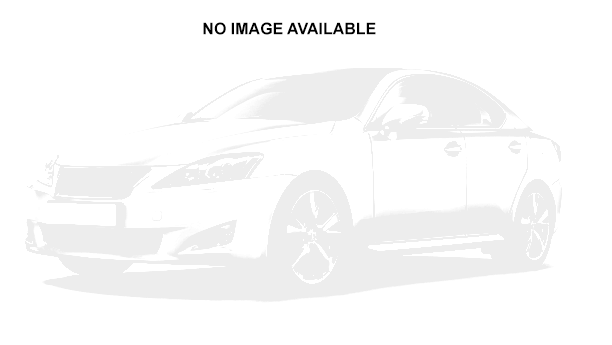
2005 Suzuki XL-7


Key Specifications for 2005 Suzuki XL-7






Buyer’s Guide
Suzuki’s largest vehicle, the XL-7, undergoes very few changes for 2005, since it was freshened up in 2004 and will undergo a major overhaul in 2007. The line-up is trimmed from four models to three, with the elimination of the top-line XL-7 Plus Limited. That seven-passenger model now comes in a single version, instead of two trim lines. The rear air conditioning that used to be available only on the 2004 Limited is standard on the XL-7 Plus; the Limited’s standard heated leather seats are now an XL-7 Plus option.
The XL-7 is basically a longer version of the Grand Vitara; the wheelbase is stretched 320 mm, while overall length is 582 mm longer. This means more cargo space on the XL-7; on the XL-7 Plus, there’s a third row of seats. To move the extra metal, the XL-7 carries a 2.7-litre engine that gives it 20 horsepower more than the Grand Vitara. Like its smaller cousin, the XL-7 is body-on-frame construction, with a two-speed, shift-on-the-fly transfer case that’s activated by a button on the dash. While it won’t be out rock-crawling, it’s more capable off-road than many of its rivals. You can do more than just climb over the curb with it.
There are two trim lines, the JX and JLX. The base model includes ABS, aluminum wheels, CD player with six speakers and wheel-mounted controls, a cargo cover, climate control air conditioning, cruise control, heated front seats, power locks with keyless entry, power windows and heated mirrors, privacy glass, variable intermittent wipers, rear washer/wiper, roof rails and tilt steering.
The JLX adds a six-disc CD, fog lamps, power sunroof and rear spoiler; a leather interior can be added.
The XL-7 comes only in JLX trim, and adds third-row seating and rear air conditioning.
Despite its truck-like construction, the XL-7 rides quite well, soaking up road imperfections and cornering with less body roll than expected. But acceleration is tepid and noisy, and its spongy brakes lack decisive pedal feel.
The interior is nicely finished, with good-quality materials, well-designed controls and comfortable seats. The XL-7 Plus’ third-row seating is cramped and suitable only for very short trips or small children. Unless you’re hauling six or seven people on a regular basis, the regular XL-7 is a better choice, offering more rear cargo space when all seats are up.
The XL-7 is built in Hammamatsu, Japan.
Review & Compare:
Photos
No content available
AutoTrader Review


This vehicle has not yet been reviewed












